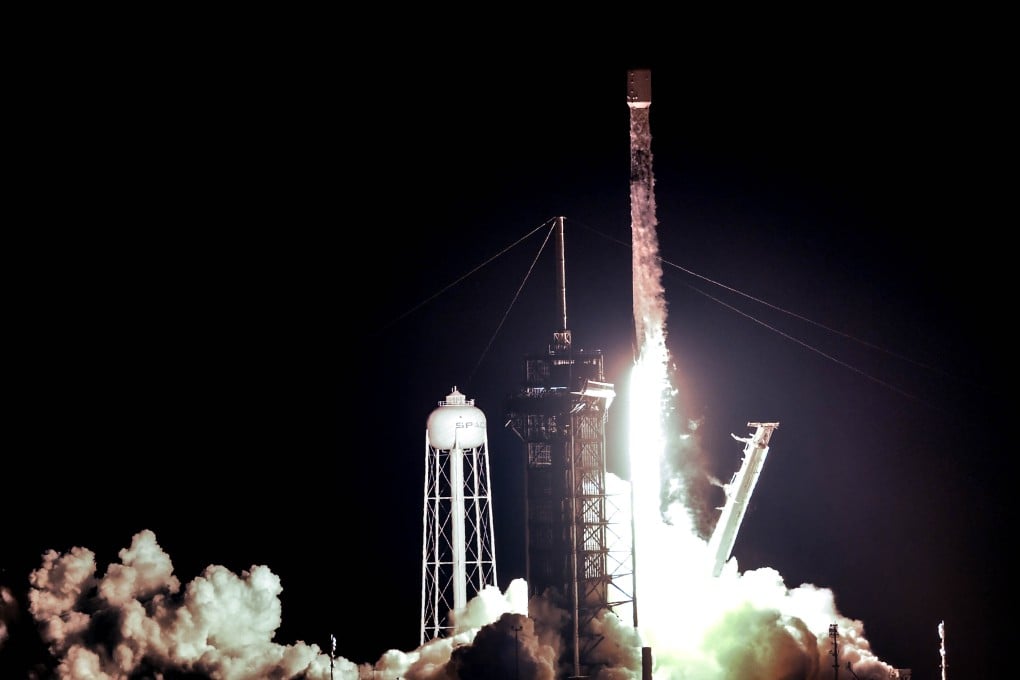Starlink breaks space traffic safety rules and China may follow: study
- Chinese researchers say SpaceX’s newest satellites are ignoring unwritten but commonly accepted 10km distance rule
- They urge China to follow suit and develop its own safety limit or risk giving the US an upper hand

The researchers said two of Starlink’s newest satellites, equipped with high-speed laser communication devices, came within 4.9km (3 miles) of each other on June 30. The commonly accepted – if unwritten – minimum distance to avoid collision is 10km (6.2 miles).
In a study published by Chinese peer-reviewed journal Radio Engineering, the researchers said the unusually dense formation was no accident, but the result of a complex scheme by SpaceX to maximise the performance of its laser communications.
The technology requires the sending and receiving devices to stay within a straight line of sight over a certain distance, they said. Nor was it the only example of Starlink satellites ignoring the accepted traffic rule, the researchers found.
Yu Shunjing, a satellite design engineer with China’s largest manufacturer of the devices DFH Satellite Co, and his co-authors said the rapid development of large-scale constellations “will make space, especially the lower Earth orbits, very crowded”.
“We must establish a new ‘space traffic rule’ based on new technologies, otherwise the development of Chinese constellations will be seriously restricted,” they said.